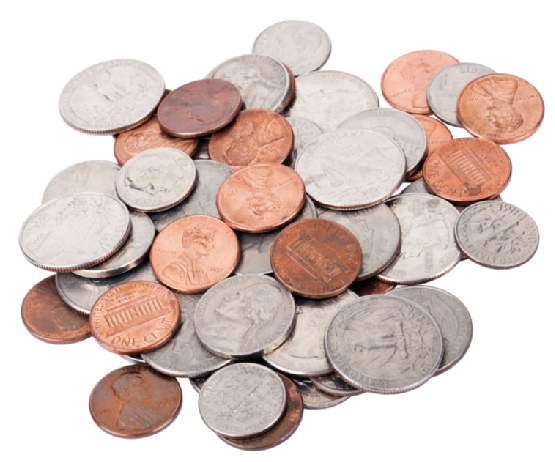Coin collectors know that there are a lot of coins out there that are worth quite a bit. Many coins have a value that is much higher than the value that than the value assigned when they were minted. Even beyond the denomination stamped on the coin itself, many collectible coins have prices and values that vary widely. Do you know the difference between a coin’s value and its price? Read on to find out.

Price
The price of a coin or any other valuable item can always be determined with utter clarity, at least after some negotiation. This is because the price of a coin refers to its direct cost to the purchaser. No matter what intrinsic worth a coin may have or how much it may sell for elsewhere, a coin’s price is exactly as much as the collector or trader paid for it. A coin’s price can be arbitrary, in that a seller can demand as much or as little for it as they feel is appropriate.
Value
A coin’s value is often tied to its price to some extent, but other factors are also considered. To put it simply, the value of a coin is whatever it is worth to a buyer. A coin can be assayed and assigned a value based on factors such as quality and rarity, though the value is really determined by the buyer. In the end, the value is whatever the buyer is willing to pay.
Price vs. Value
To illustrate the possible differences in price and value, consider a hypothetical silver coin purchased at an estate sale. A lucky collector can stumble across a rare coin with a price tag of five dollars. That means that five dollars is the price. If the collector sells this coin through the right channels, it might fetch $200. This means that the value is closer to $200.
For more information on the prices and values of coins like the Austrian 1 Ducat, contact California Numismatic Investments. We are a widely respected dealer of gold, silver, and platinum coins and bullion. To learn more about investing in precious metals, call (800) 225-7531.




